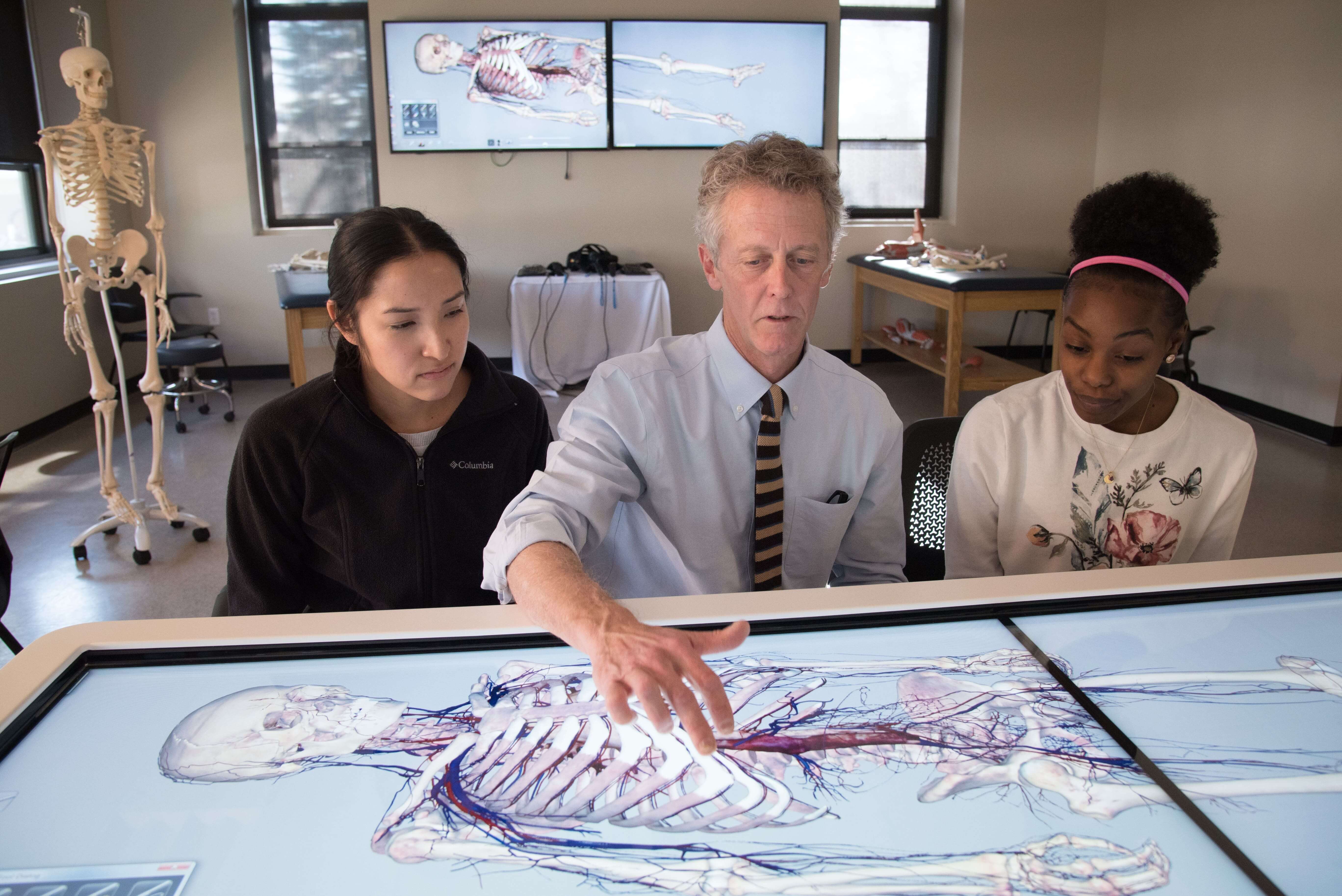Mastering Real-World Skills, The Ultimate Simulator Guide for Success
What do know about lung simulator? A lung simulator is a device or system designed to replicate the functionality and mechanics of human lungs. It is commonly used in medical and scientific research, as well as in the development and testing of medical equipment and treatments. Lung simulators aim to mimic the respiratory processes of inhaling and exhaling, allowing for the study of lung function, gas exchange, and the effects of various conditions and treatments on the respiratory system. These simulators can be valuable tools for medical professionals, researchers, and educators to better understand and address respiratory issues and diseases. lung simulator A ventilation training simulator is a specialized educational tool or device used to train healthcare professionals, such as doctors, nurses, paramedics, and respiratory therapists, in the proper techniques of mechanical ventilation. These simulators provide a realistic and controlled environment for learners to...




